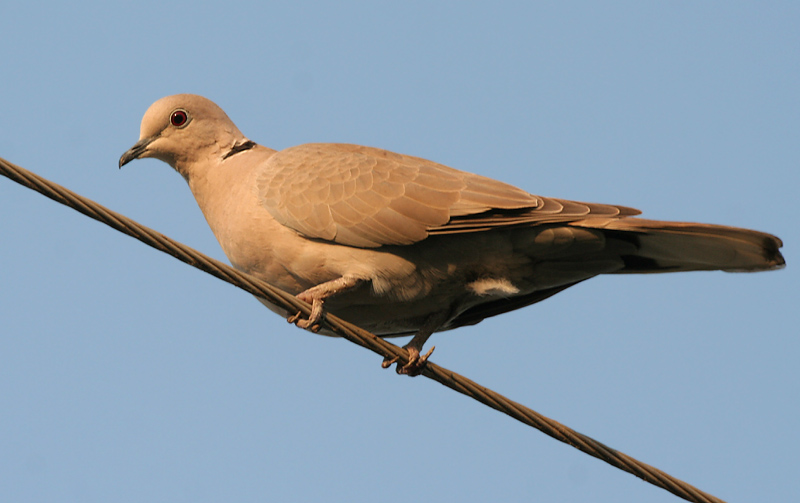|
| 질의: description | 결과: 9604번째/10150 | |
Red Collared Dove (Streptopelia tranquebarica) female
| 제목: | Red Collared Dove (Streptopelia tranquebarica) female
| |

| 해상도: 800x503
파일크기: 141604 Bytes
촬영일: 2006:11:16 16:43:14
사진기: Canon EOS 350D DIGITAL (Canon)
F number: f/8.0
Exposure: 1/200 sec
Focal Length: 350/1
등록시간: 2007:10:30 16:59:48
|
|

